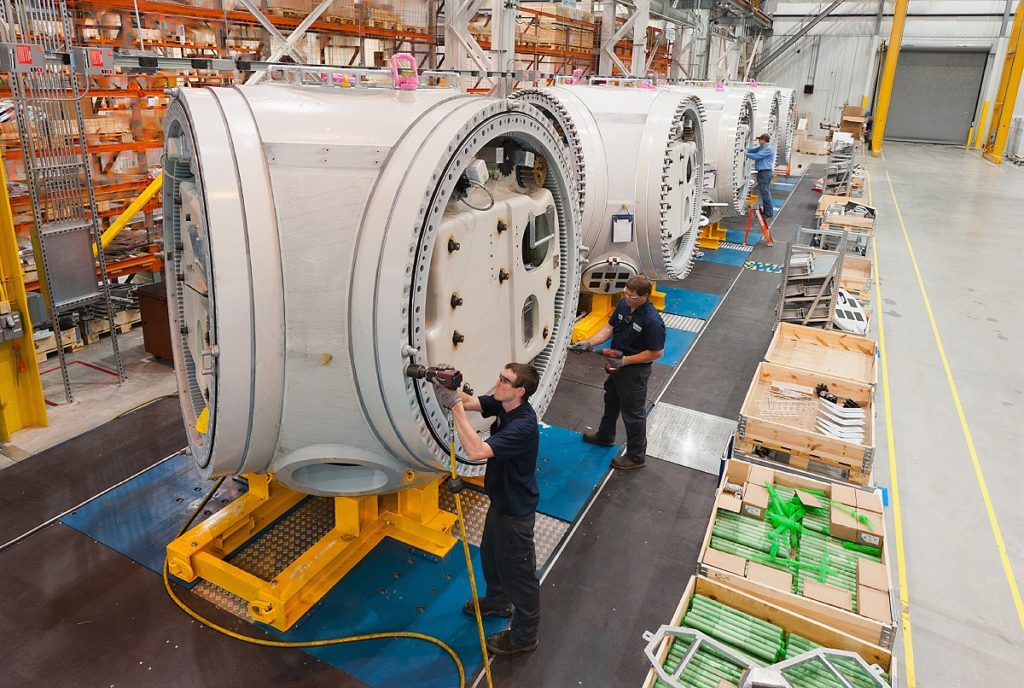China is the world’s main manufacturer with output accounting for nearly 30 per cent of its economy; the country overtook the USA in 2010. According to the latest UN Statistics Division data, China’s manufacturing totaled almost $4 trillion. The USA output was 16.6 per cent with Japan and Germany several percentage points behind.
In 2020, the recent shutdowns due to COVID-19 and the trade war between China and the USA has reduced output and created uncertainty in the industry. Despite the ripple effect of global issues, opportunities for manufacturing remain, with demand for innovation-based manufacturing one of the driving forces that help maintain the industry’s prominence. Manufacturing production techniques also offer opportunities to small cottage businesses to develop as local economies restart after the pandemic.
What is Manufacturing Production?
Manufacturing production is the systems incorporated to maximize the efficiency in producing goods for sale. The three manufacturing production processes commonly used are: make to order (MTO), where the product is only made when an order is placed; make to stock (MTS), where goods are manufactured to meet consumer demand forecasts; and make to assemble (MTA), where the basic components of the product are manufactured and stored for assembly once the order is placed. Planning for the best production process means consideration of variables such as labor expenses, overhead costs, availability of raw materials, and the current and projected demand for the product.
Start with Research
You need to understand the market for your products, how the sector operates and understand the competition. You may know the type of product to manufacture, for example, furniture––so need to find out how current trends and what items are in greater demand. If you are open to any ideas for manufacturing, major sectors offering wider market opportunities include electronics, pharmaceutical, automotive, food, plastics and packing, and heavy industry.
Location, location, location!
This is for both where manufacturing takes place and where the product will be sold. Initially, the business may start in the garage at home. As it grows, you will need to find commercial space that can house equipment and good access to the main road network. You will also need space for inventory, incorporating pallet shelving, longspan racking, and other storage systems depending on the products manufactured.
How are you going to sell to your customers? You may opt to develop a business website and then deliver the order directly to the client. Another option is to sell through an online marketplace like Amazon, eBay or Alibaba. If targeting a smaller market, look at local stores. Wholesalers in the sector will also have different channels to follow if they think the product will sell.
Keeping an Eye on the Bottom Line
During the set-up stage, your roles will be broad and varied. Raising funds and reducing the risk of cost constraints and cash flow. Instead of buying new equipment, rent until the business is more financially stable. If one component is technically problematic, look into subcontracting or entering into partnerships with other companies that complement production. Keep reviewing the business plan and bill of materials, adjusting them as you learn more about the market and the business process.
In the USA, 20 per cent of businesses failed during 2019 after their first two years. The reasons given were not researching the market thoroughly, poor business plans, financing and location, expanding too fast and not being flexible enough to adapt to demand. These reasons are for all business; setting-up a manufacturing venture has as many opportunities to succeed as other start-ups, if done correctly.




